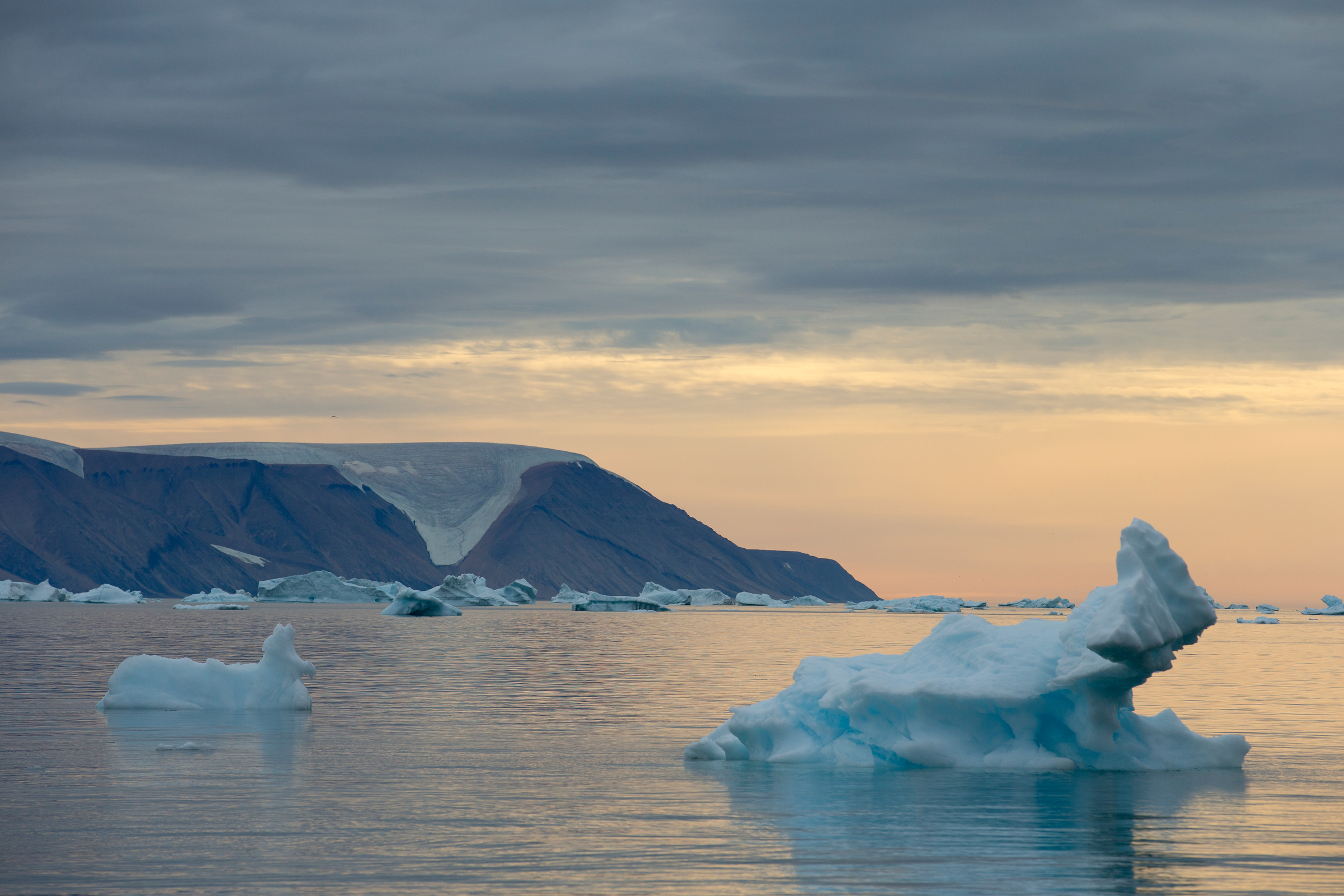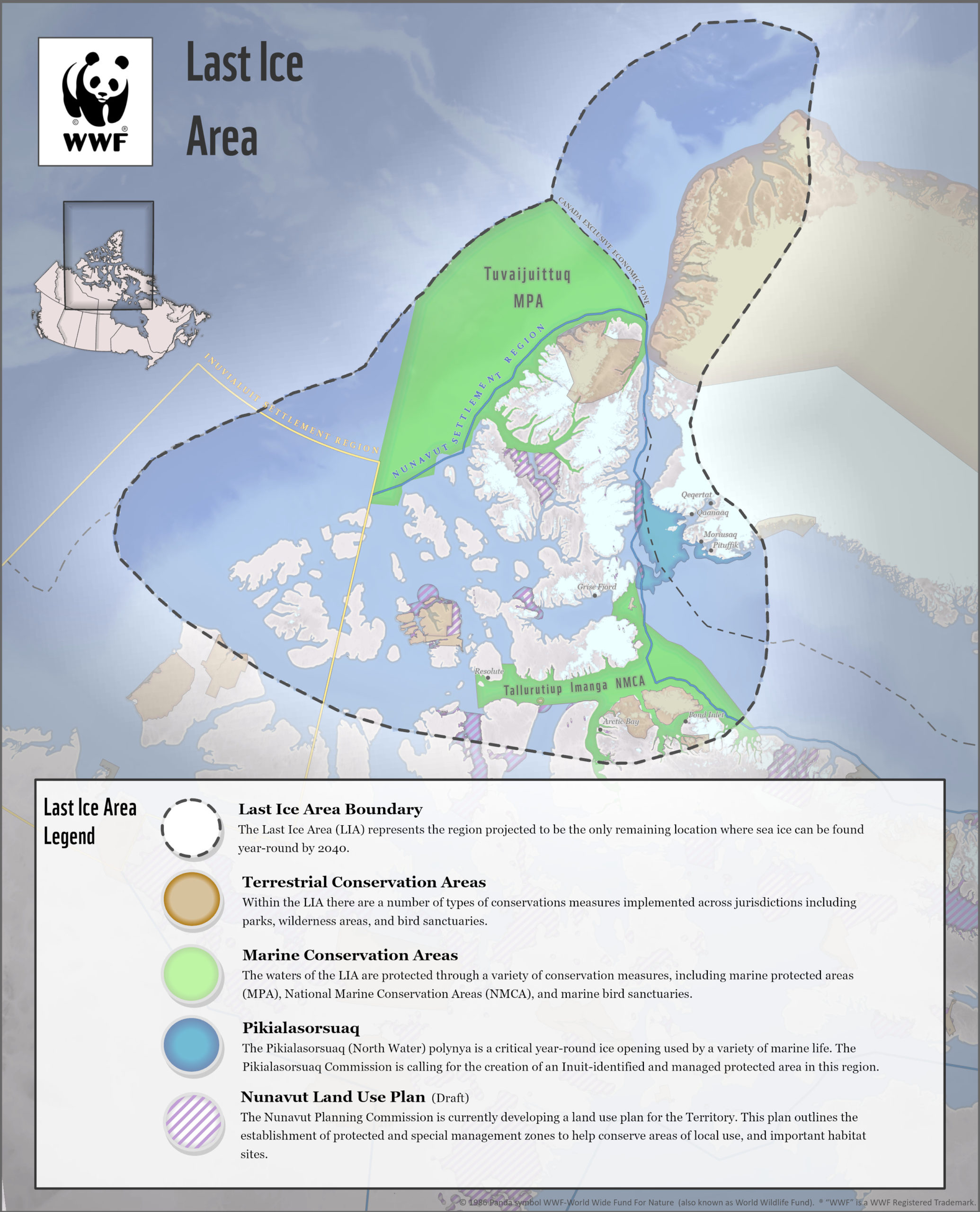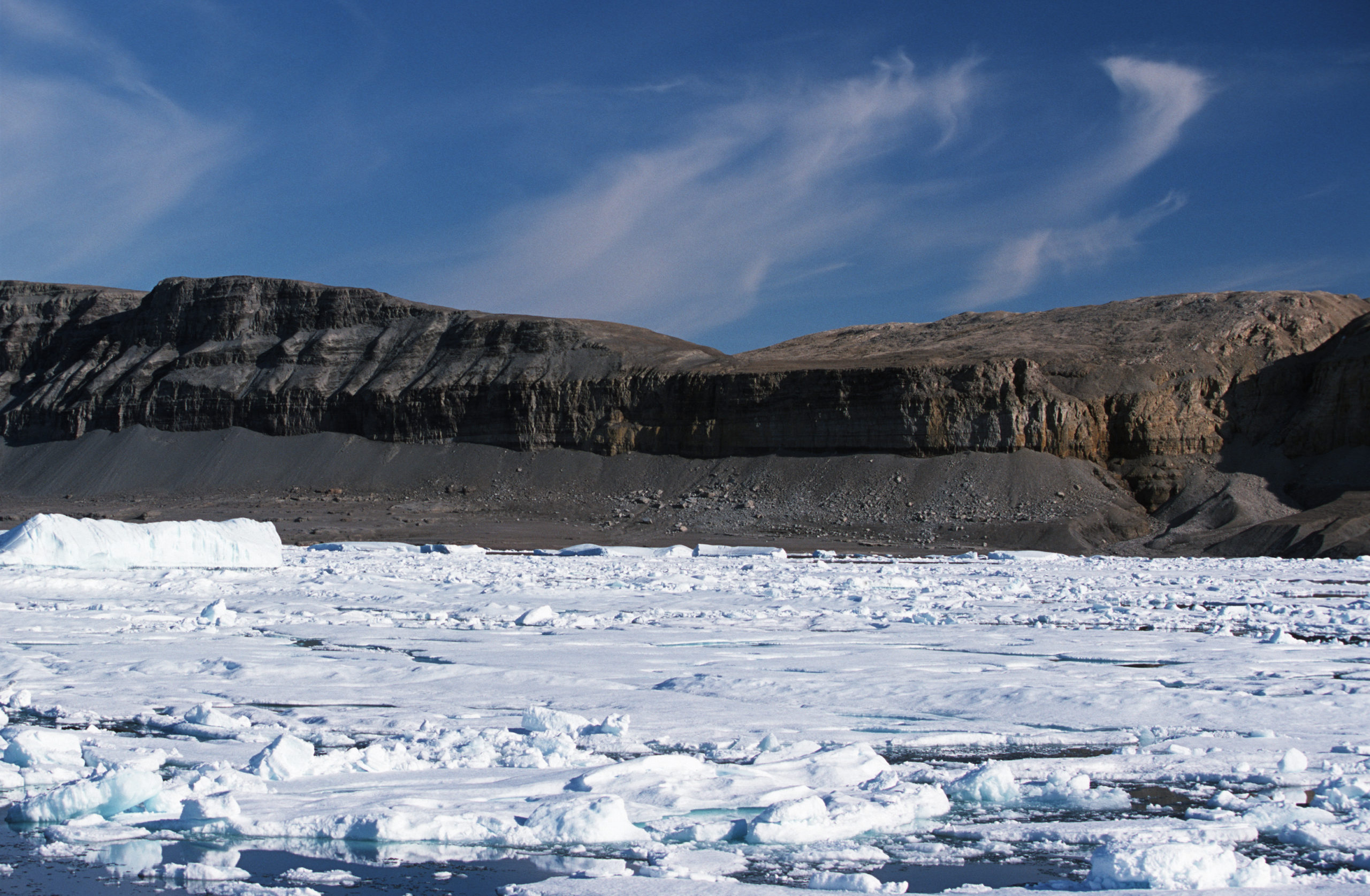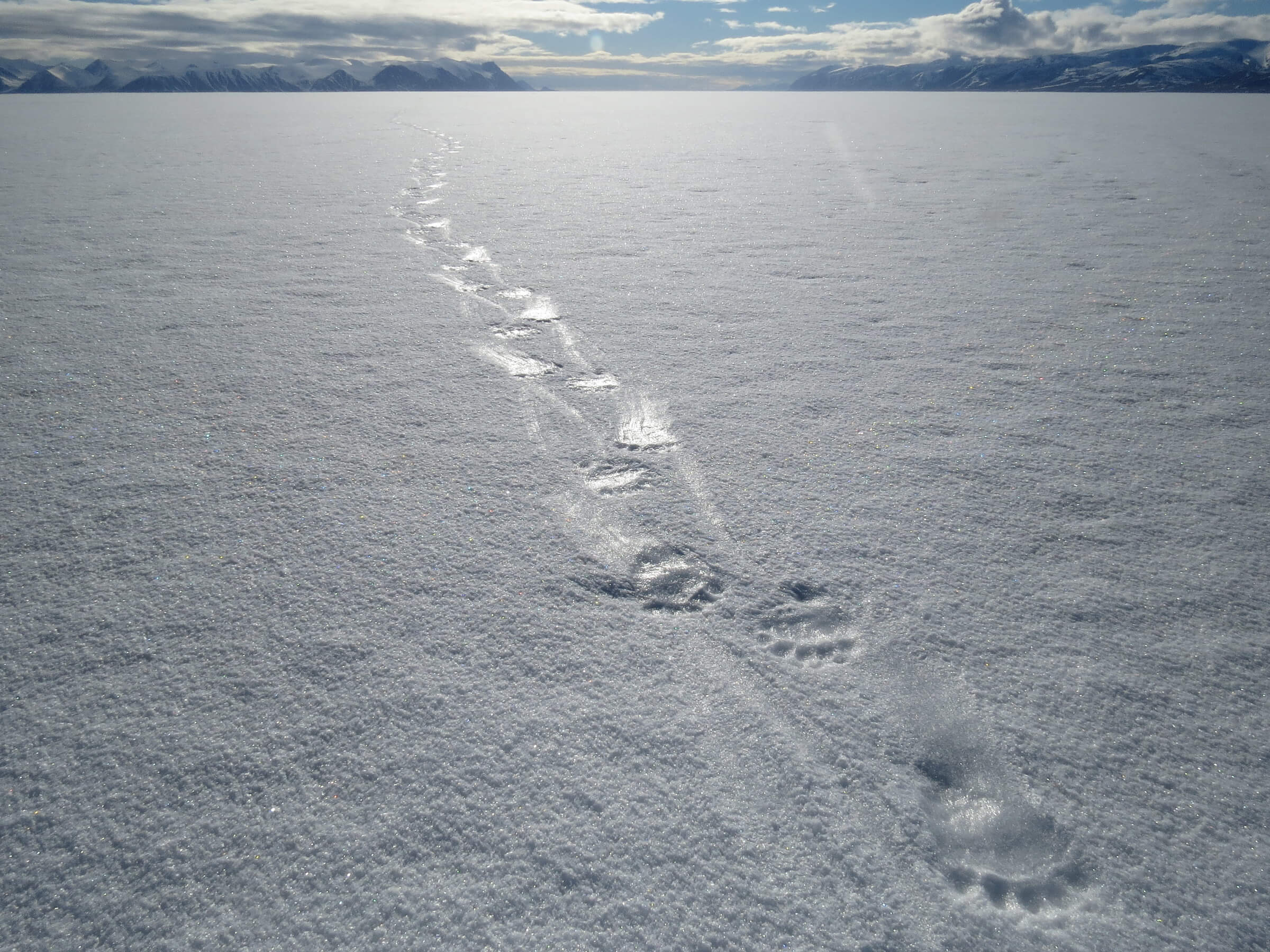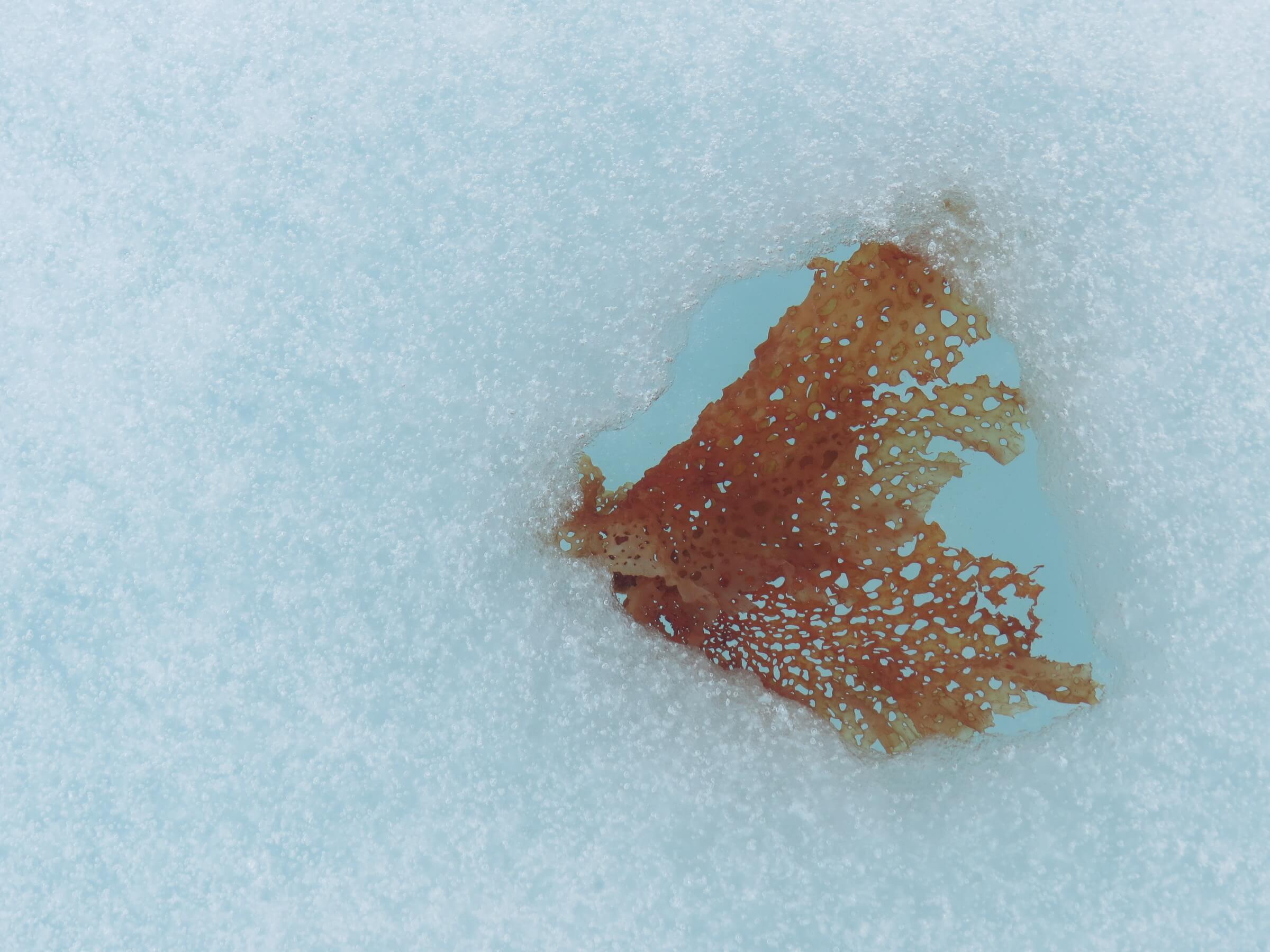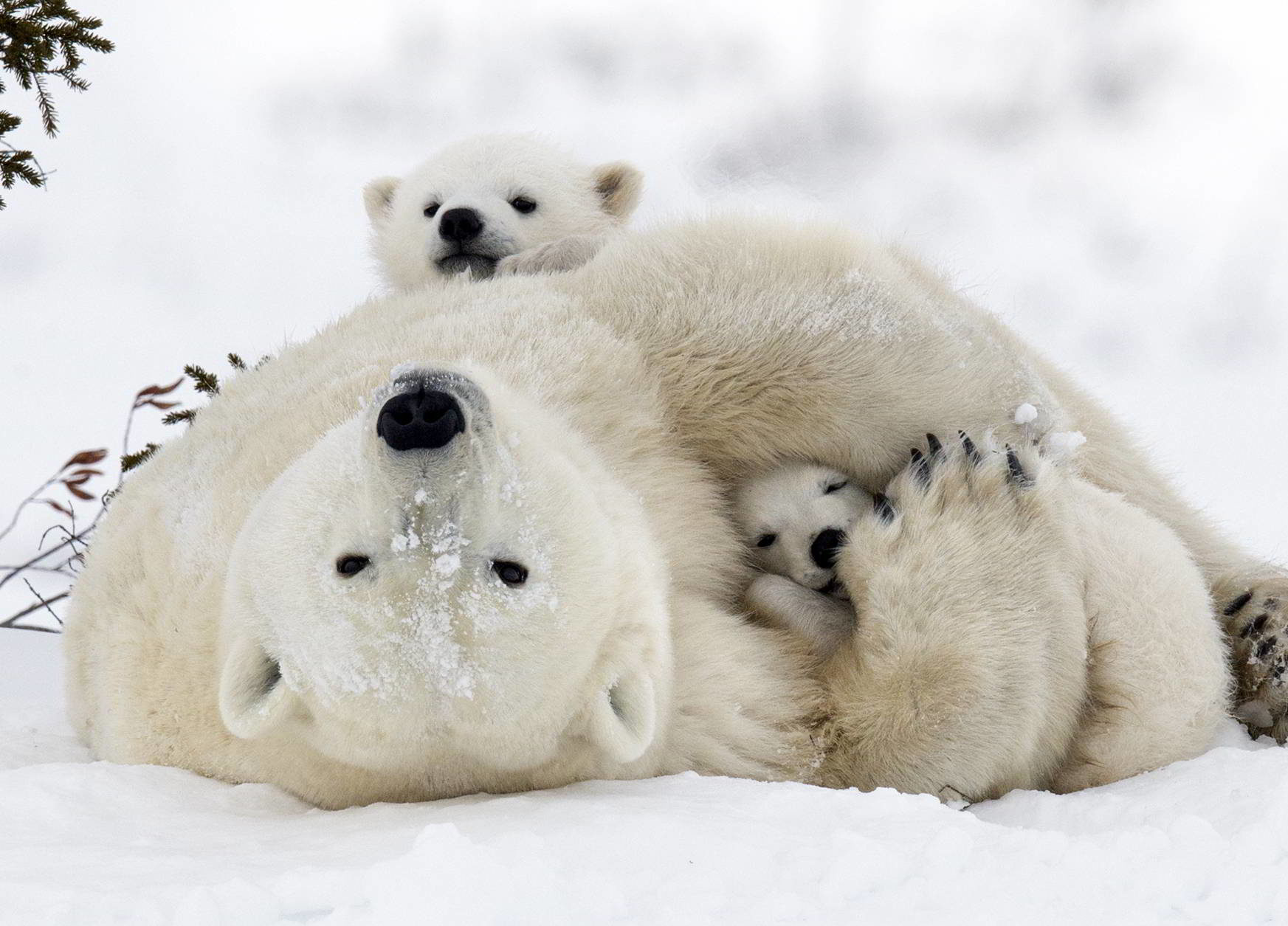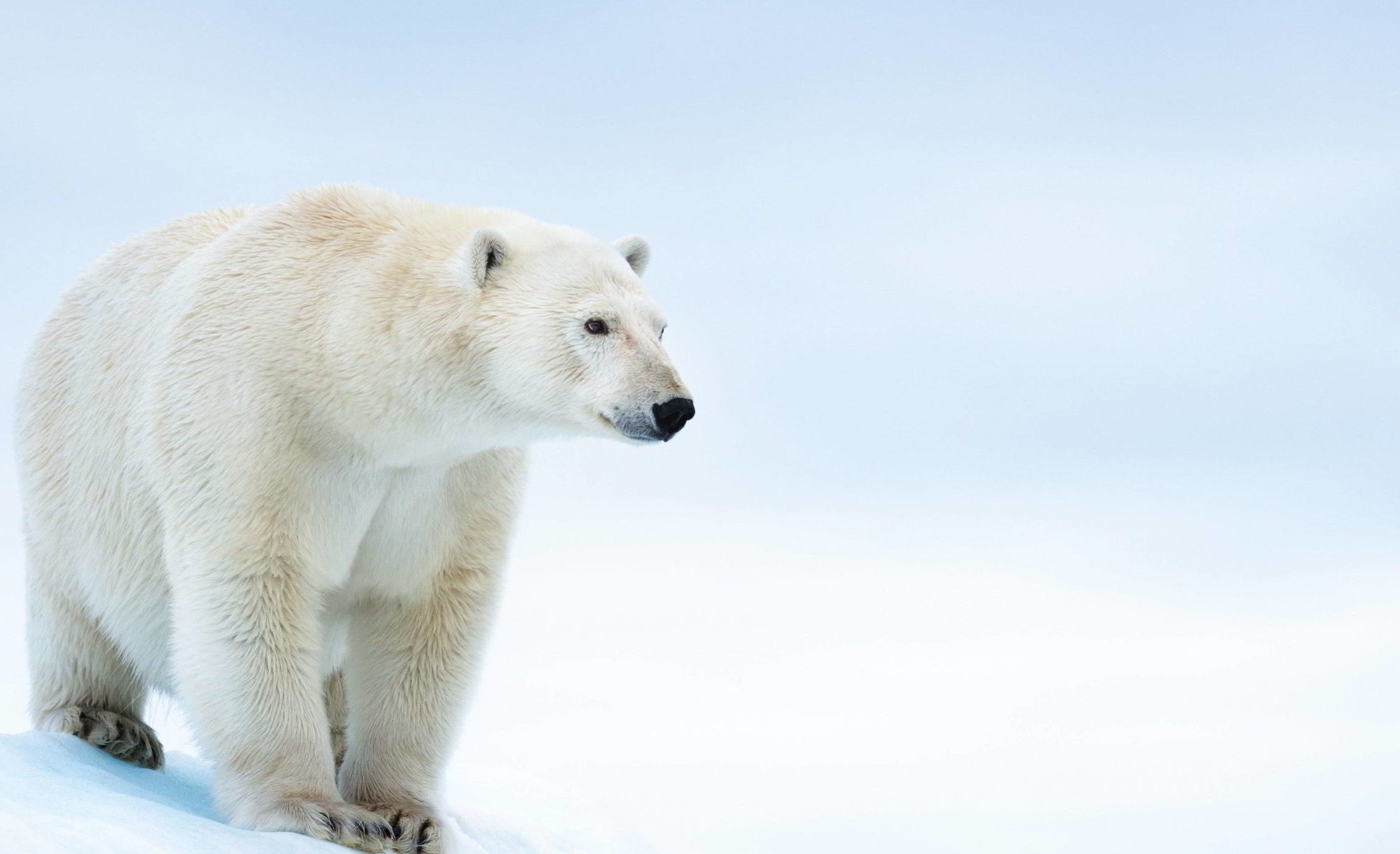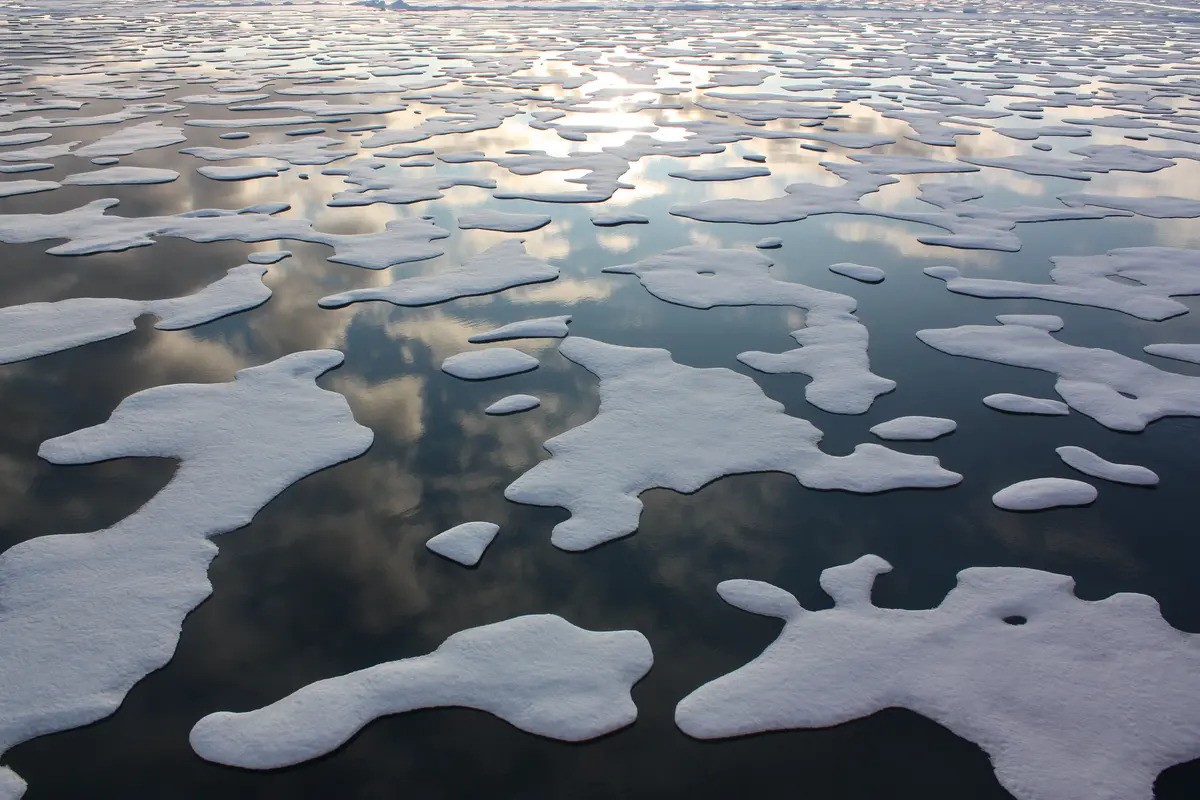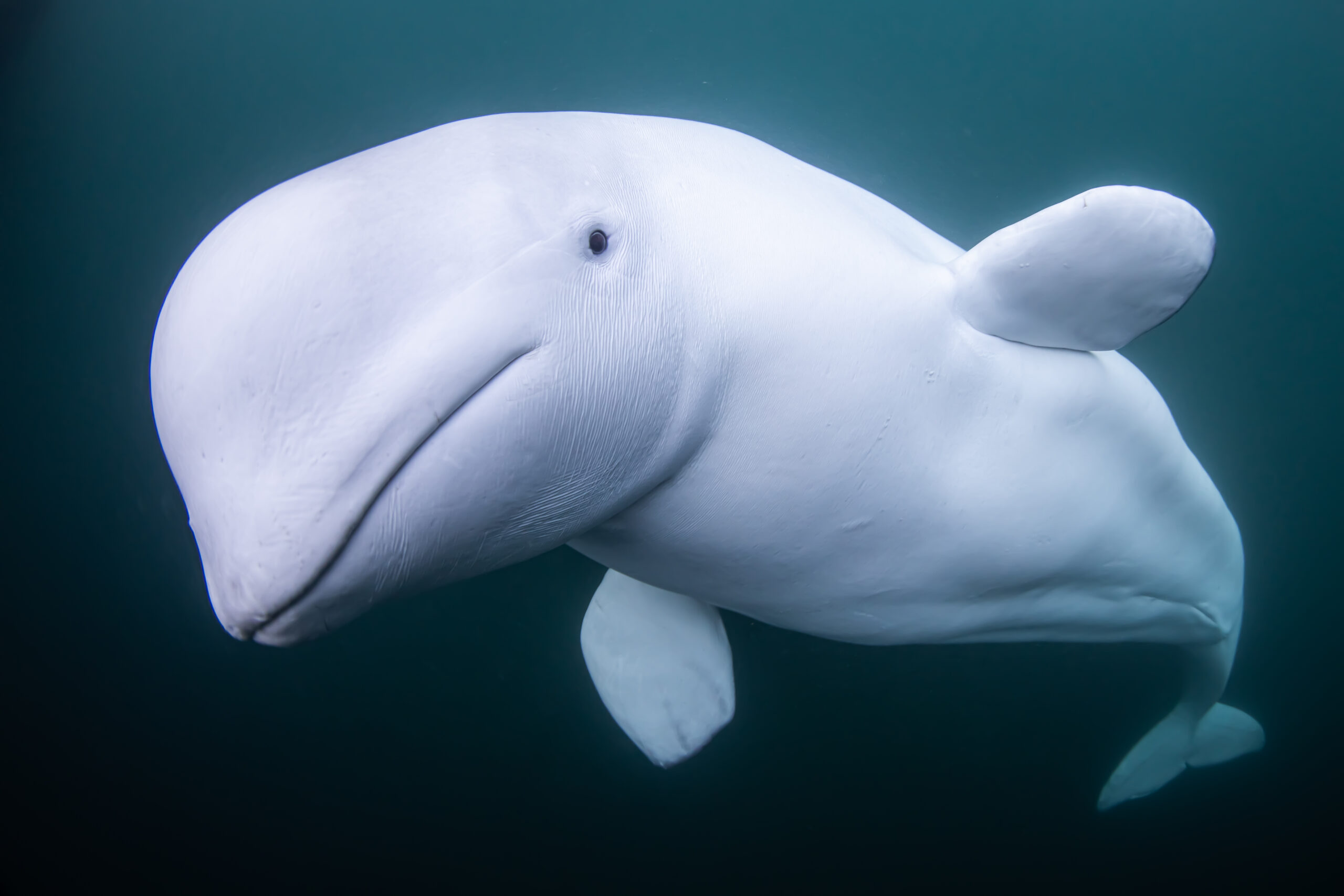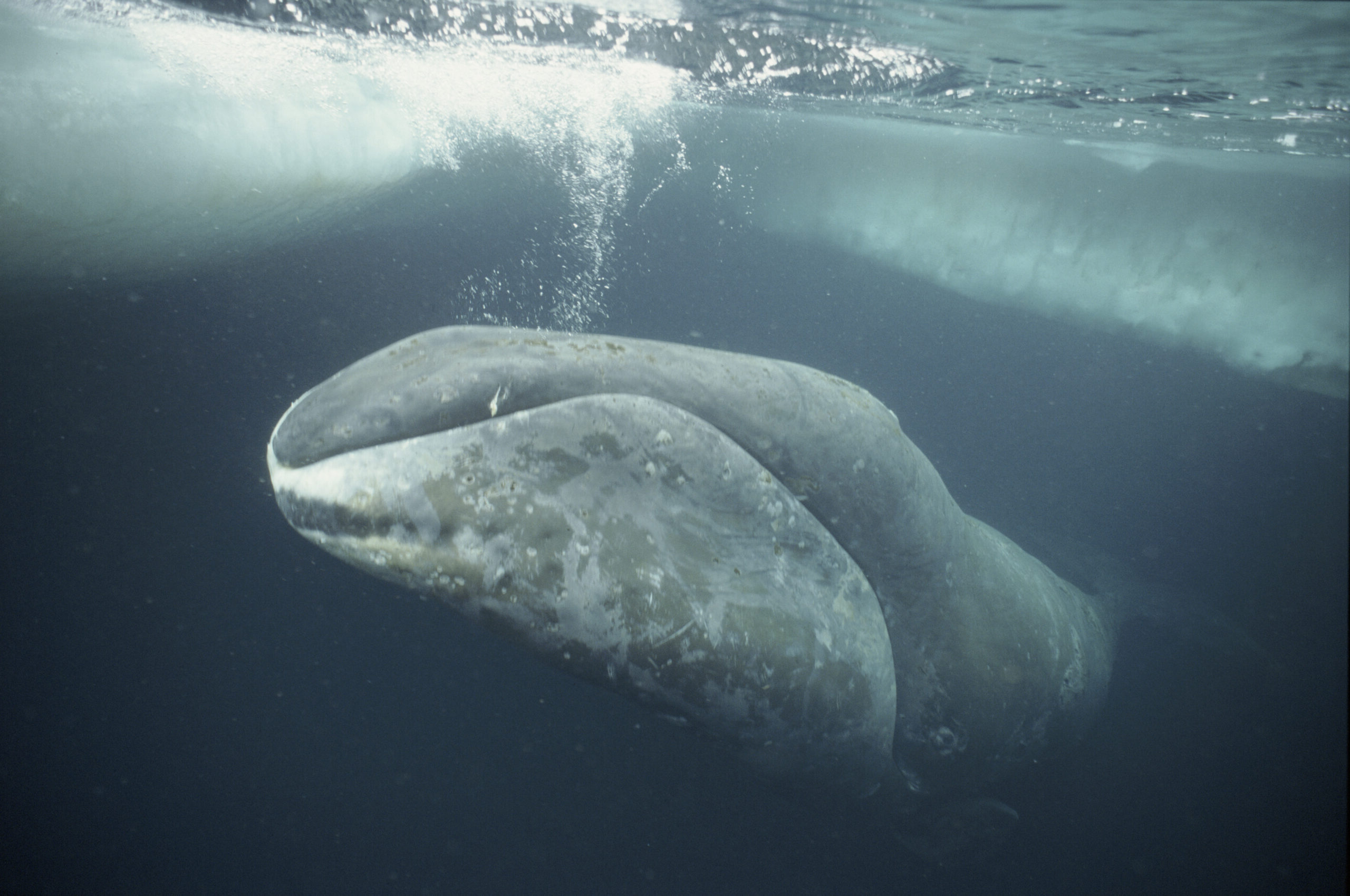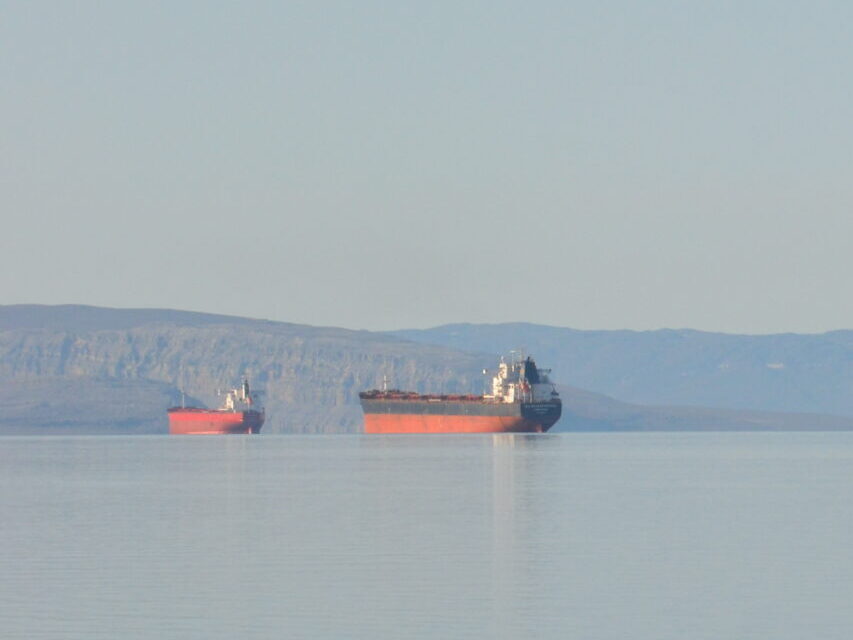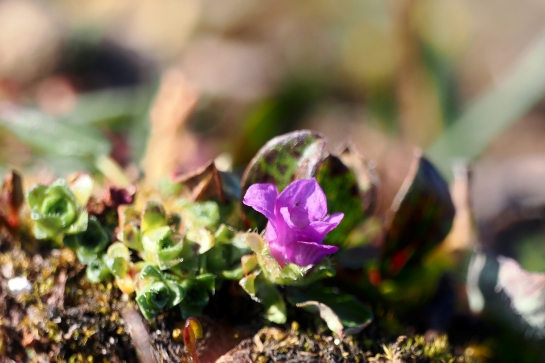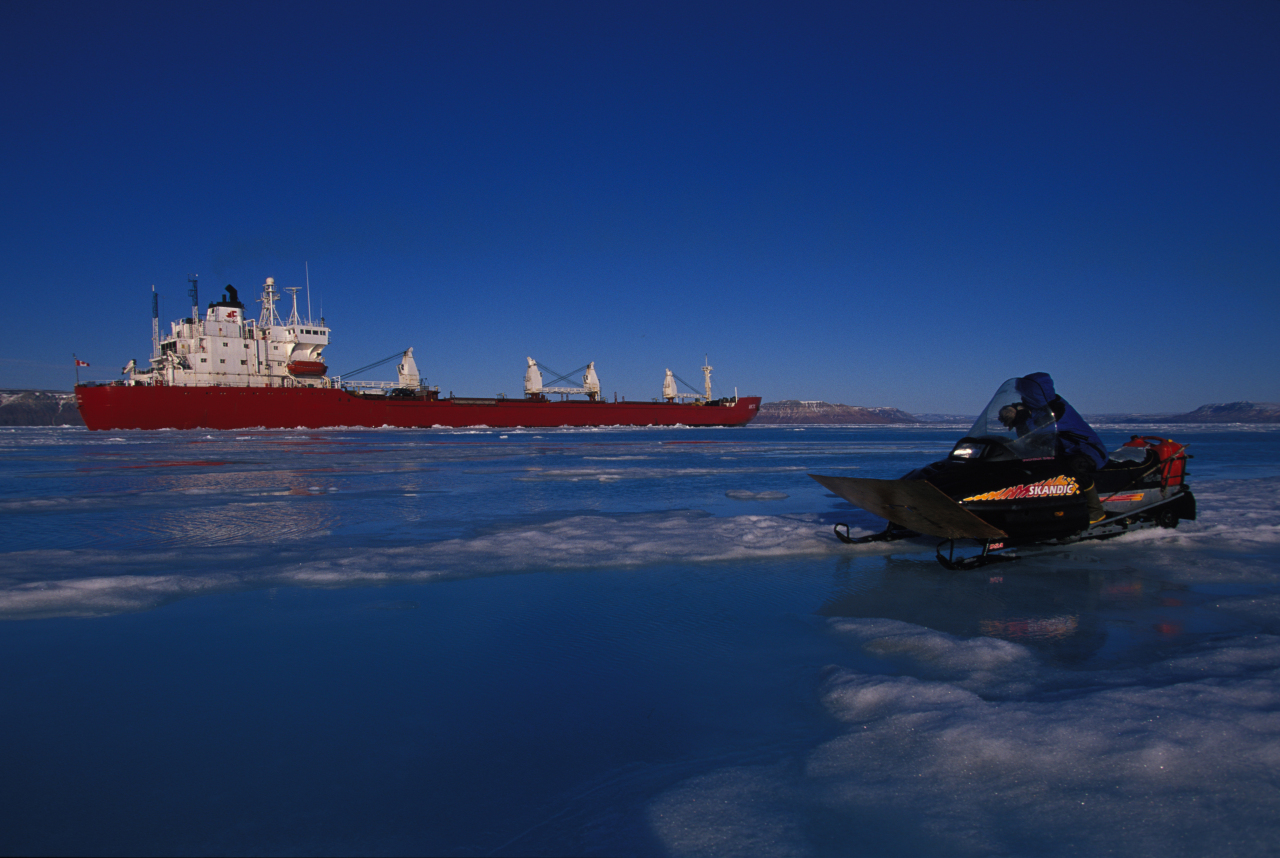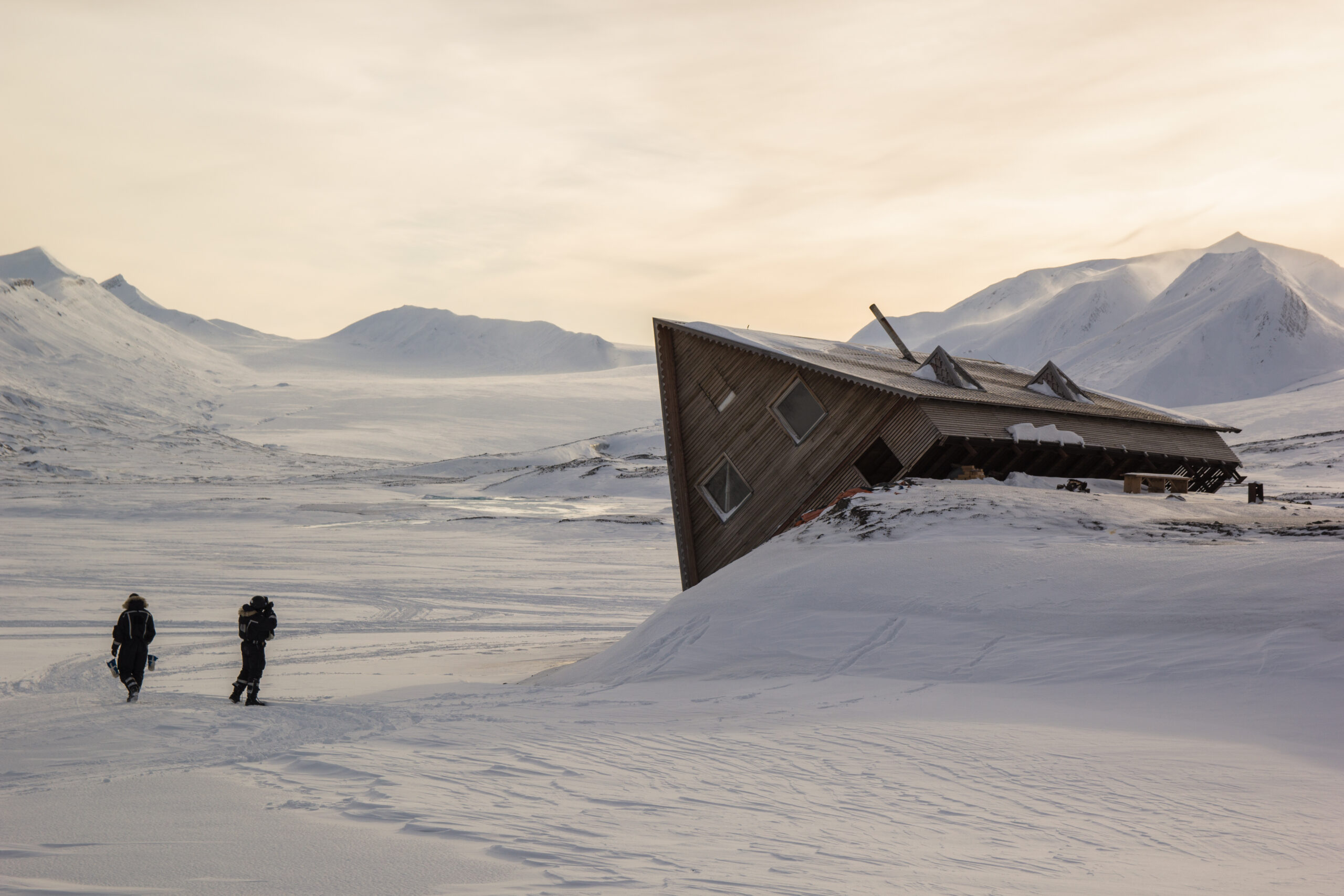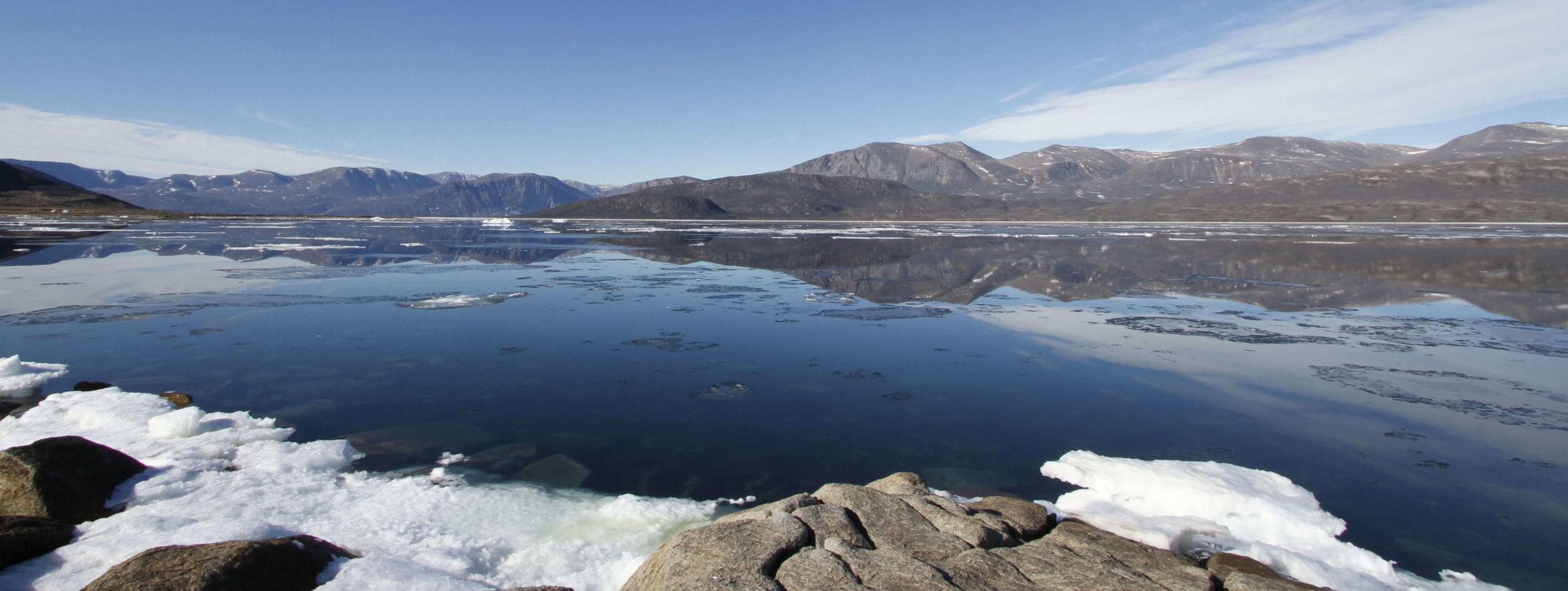Lancaster Sound, known as Tallurutiup Imanga to the Inuit, is a unique Arctic ecosystem located between Baffin Island and Devon Island. Polar bears, narwhals, belugas, bowheads, walrus, seals and seabirds all call this region home. In 2019, the Government of Canada and the Qikiqtani Inuit Association, along with the Government of Nunavut, announced the completion of the Tallurutiup Imanga National Marine Conservation Area through an Inuit Impact and Benefit Agreement.
Find the perfect gift for wildlife lovers. SHOP NOW

